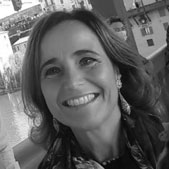66th Course on Palladian Architecture
Palladio and waterVicenza + Veneto, 29th August - 4th September 2024
Lecturers
Donata Battilotti, formerly Università di Udin

Guido Beltramini, Direttore CISA Andrea Palladio

Gerd Blum, Kunstakademie, Münster
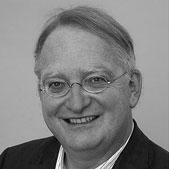
Gerd Blum è professore di storia dell'arte all'Accademia di belle arti di Münster e professore onorario presso il Dipartimento di storia dell'arte dell'Università di Vienna. Blum è stato Visiting Professor all'Università di Heidelberg e Visiting Scholar presso l'Institute for Advanced Study dell'Università di Costanza. Nel 2010 gli è stato conferito il premio dell'Aby-Warburg-Stiftung di Amburgo.
La sua monografia sulla "fenestra prospectiva" e sulle viste/vedute incorniciate architettonicamente nell’Italia della prima età moderna è stata pubblicata nella serie "Studien aus dem Warburg Haus" (De Gruyter) nel 2015. Blum ha pubblicato una monografia su Giorgio Vasari e ha curatp numerosi articoli in volumi e riviste accademiche, tra cui articoli su Leon Battista Albert e la "Villa Rotonda" di Andrea Palladio.
Bruce Boucher, Sir John Soane’s Museum, Londra
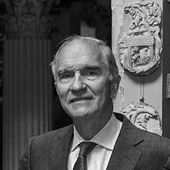
Howard Burns, Scuola Normale Superiore, Pisa
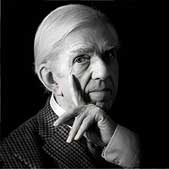
Gianmario Guidarelli, Università degli Studi di Padova

Federico Marcomini, Università di Firenze
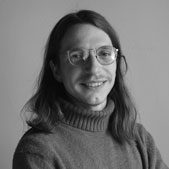
Francesco Marcorin, Curatore del Palladio Museum
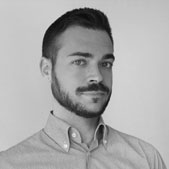
Damiana Lucia Paternò, SABAP per l’area metropolitana di Venezia
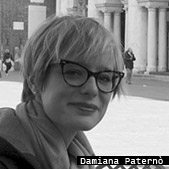
Cara Rachele, ETH Zürich
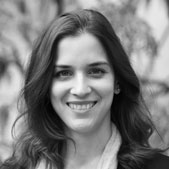
Cara Rachele teaches Renaissance architectural history and theory, as well as further courses in architectural representation and textual analysis, at the chair of Prof. Dr. Maarten Delbeke at the Institut for the History and Theory of Architecture (gta), ETH Zurich.
Cara is a specialist in early modern Italian art and architecture, with a secondary interest in the nineteenth century. Her research focuses on representation and works on paper – disegno and drawing practice more broadly – and the development of architectural practice and education. Her current project investigates the emergence of the artist-architect in early sixteenth-century Italy through an exploration of the development of drawing practice in Florence and Rome. It sheds new light on the importance of drawing for architecture, as well as disegno as a unifying theoretical framework for artistic creation. In the early stages is a second project, provisionally titled “Fear of Falling: Unstable Architectures in Early Modern Italy”, which investigates structural solidity and anxiety of collapse in early modern artistic discourse.
Cara has been a fellow of the Villa I Tatti, The Harvard University Center for Italian Renaissance Studies (Florence), the Drawing Institute of the Morgan Library & Museum (New York), the Kunsthistorisches Institut in Florenz – Max Planck Institut, and the Gabinetto dei Disegni e delle Stampe of the Uffizi Museums (Florence), among others. She holds a BA in art history and architectural practice from Columbia University and a PhD in art and architectural history from Harvard University.
Marlene Schwemer, Universität Wien
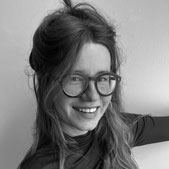
Elena Svalduz, Università di Padova
